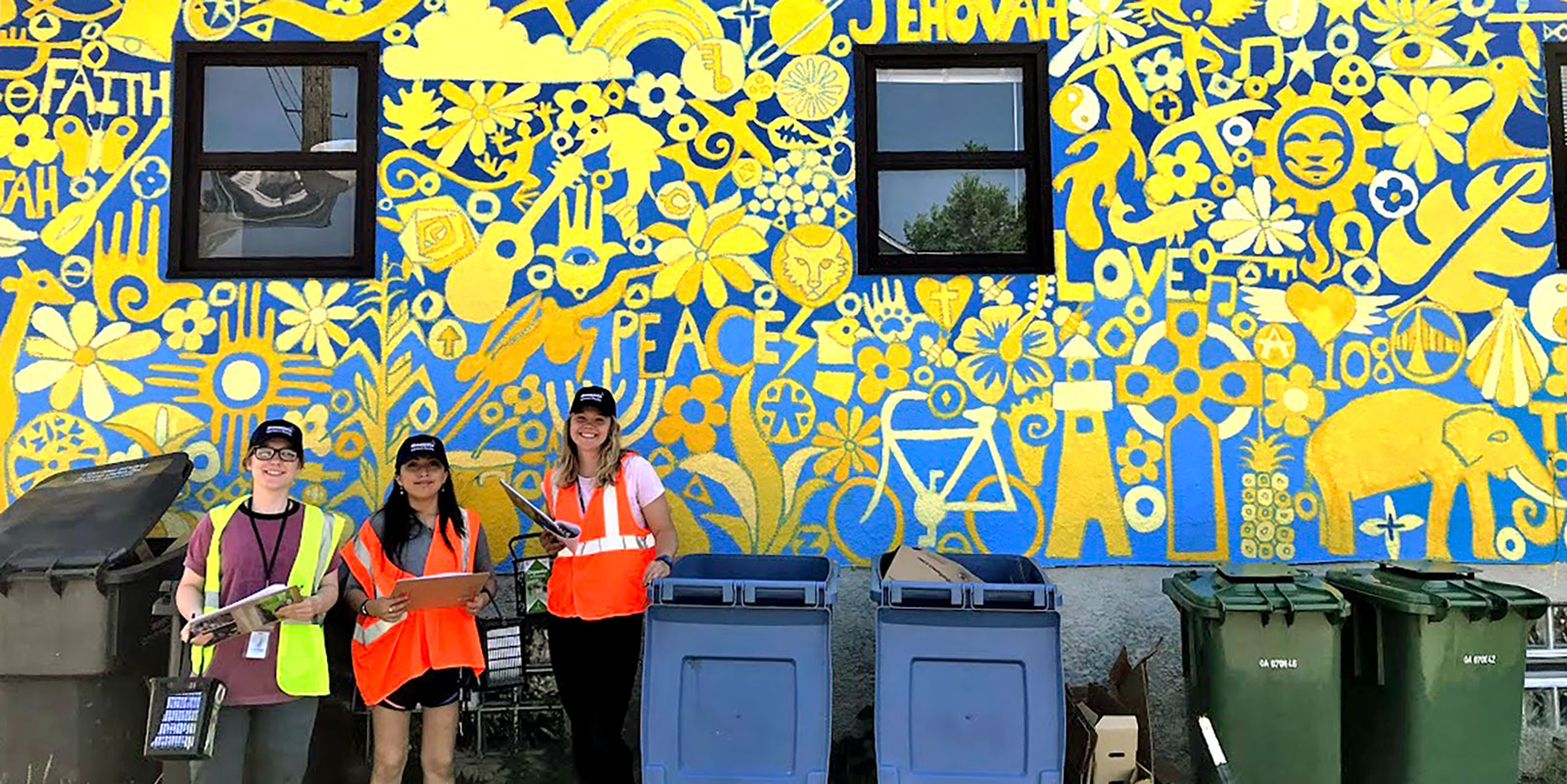Single-use plastics have only been around for 50 years, yet they have inundated even the most remote parts of our planet, and research shows their usage may exponentially increase in the future. How you choose to spend your money sends a signal to manufacturers. Use your buying power to purchase items with little to no plastic packaging and buy durable non-plastic items. Send an even stronger message by contacting manufacturers to let them know you do not support the use of single-use plastics and that they must change to show they value our health and environment.
Learn more about the impacts of environmental and health impacts of manufacturing and disposal of plastics and what you can do to reduce waste below.
Manufacturing of plastics
Plastics that may only be in use for a couple of minutes (ex. water bottles, silverware, etc.) release toxins at every stage of their lifecycle. Over 99% of plastics are made from oil, a non-renewable resource. The extraction of oil has detrimental impacts on the environment and for those living near oil drilling sites, refineries, and manufacturing facilities. Oil and plastics production facilities are often located in lower income and Black Indigenous People of Color (BIPOC) communities, making them not only a health and environmental issue, but also an environmental justice issue. Residents living near these communities experience higher rates of cancer, upper respiratory diseases and asthma. The Love Your Stuff campaign aims to provide the necessary information to understand the issues and encourages your support in addressing them. Learn more about manufacturing impacts of plastics on people and our environment.
- The extraction of oil to make plastics releases toxic substances into the air, on our lands, and in our water. Over 170+ chemicals used in fracking – a necessary step to mining for oil - cause skin and eye irritation and damage to the human liver and brain, and cause respiratory, nervous, and gastro intestinal issues. Plastics continue to release toxic chemicals by leaching into food during the use phase and release pollutants when disposed. (Source: Plastic Pollution Coalition)
- Nearly 18,500 plastics manufacturing facilities in US. (Source: American Electric Power)
- There are now 30 large petrochemical plants within 10 miles of the small community of St. Gabriel, Georgia. Residents living in the area known as “Cancer Alley”, an 85 mile stretch along the Mississippi River near the Gulf of Mexico, suffer from high rates of cancer, upper respiratory diseases, asthma, and more from living next to petrochemical plants. Out of every ten houses, at least one person has had a family member die of cancer. (Source: ProPublica)
- 1,500 water bottles are consumed per second in the U.S. It takes three times the amount of water to manufacture a water bottle than it does to fill it. Seventeen million barrels of oil are used each year to produce the 50 billion water bottles made each year – that’s enough oil to fuel a million cars for a year. (Source: Huffington Post)
- Americans use 100 billion plastic shopping bags each year and 2.5 million plastic bottles each hour. (Source: National Resource Defense Council)





